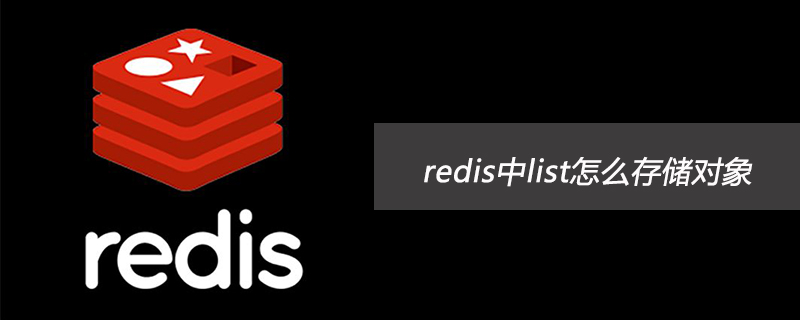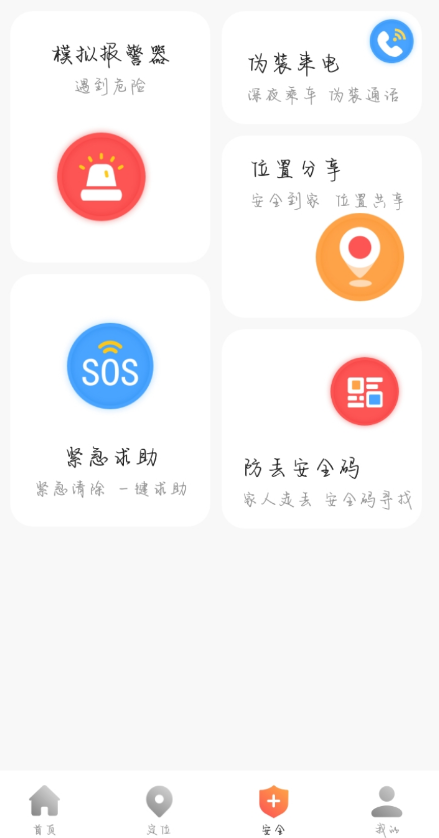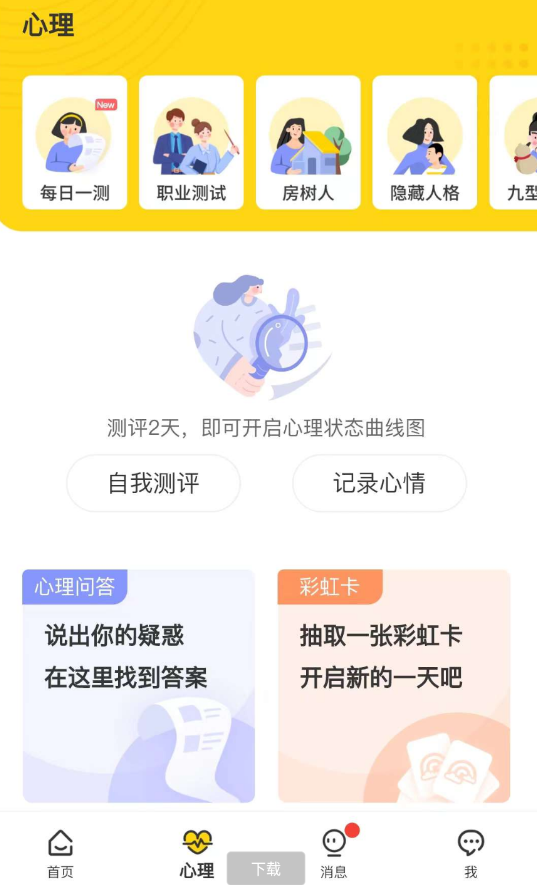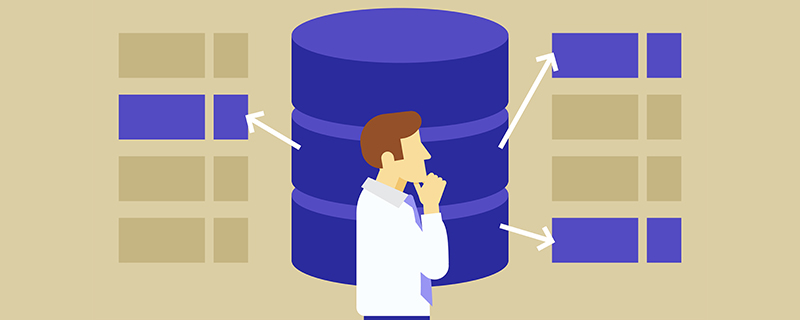
如果需要用到redis存储List对象,而list又不需要进行操作,可以按照MC的方式进行存储,不过Jedis之类的客户端没有提供API,可以有两种思路实现:
1. 分别序列化 elements ,然后 set 存储
2. 序列化List对象,set存储
这两种方法都类似MC的 Object方法存储,运用这种方式意味着放弃Redis对List提供的操作方法。
import net.spy.memcached.compat.CloseUtil; import net.spy.memcached.compat.log.Logger; import net.spy.memcached.compat.log.LoggerFactory; import redis.clients.jedis.Client; import redis.clients.jedis.Jedis; import redis.clients.jedis.JedisPool; import redis.clients.jedis.JedisPoolConfig; import java.io.*; import java.util.ArrayList; import java.util.List; import java.util.Random; /** * Created by IntelliJ IDEA. * User: lifeng.xu * Date: 12-6-11 * Time: 上午11:10 * To change this template use File | Settings | File Templates. */ public class JedisTest { private static Logger logger = LoggerFactory.getLogger(JedisTest.class); /** * Jedis Pool for Jedis Resource * @return */ public static JedisPool buildJedisPool(){ JedisPoolConfig config = new JedisPoolConfig(); config.setMaxActive(1); config.setMinIdle(50); config.setMaxIdle(3000); config.setMaxWait(5000); JedisPool jedisPool = new JedisPool(config, "*****", ****); return jedisPool; } /** * Test Data * @return */ public static List<user> buildTestData(){ User a = new User(); a.setName("a"); User b = new User(); b.setName("b"); List<user> list = new ArrayList<user>(); list.add(a); list.add(b); return list; } /** * Test for */ public static void testSetElements(){ List<user> testData = buildTestData(); Jedis jedis = buildJedisPool().getResource(); String key = "testSetElements" + new Random(1000).nextInt(); jedis.set(key.getBytes(), ObjectsTranscoder.serialize(testData)); //验证 byte[] in = jedis.get(key.getBytes()); List<user> list = ObjectsTranscoder.deserialize(in); for(User user : list){ System.out.println("testSetElements user name is:" + user.getName()); } } public static void testSetEnsemble(){ List<user> testData = buildTestData(); Jedis jedis = buildJedisPool().getResource(); String key = "testSetEnsemble" + new Random(1000).nextInt(); jedis.set(key.getBytes(), ListTranscoder.serialize(testData)); //验证 byte[] in = jedis.get(key.getBytes()); List<user> list = (List<user>)ListTranscoder.deserialize(in); for(User user : list){ System.out.println("testSetEnsemble user name is:" + user.getName()); } } public static void main(String[] args) { testSetElements(); testSetEnsemble(); } public static void close(Closeable closeable) { if (closeable != null) { try { closeable.close(); } catch (Exception e) { logger.info("Unable to close %s", closeable, e); } } } static class User implements Serializable{ String name; public String getName() { return name; } public void setName(String name) { this.name = name; } } static class ObjectsTranscoder{ public static byte[] serialize(List<user> value) { if (value == null) { throw new NullPointerException("Can't serialize null"); } byte[] rv=null; ByteArrayOutputStream bos = null; ObjectOutputStream os = null; try { bos = new ByteArrayOutputStream(); os = new ObjectOutputStream(bos); for(User user : value){ os.writeObject(user); } os.writeObject(null); os.close(); bos.close(); rv = bos.toByteArray(); } catch (IOException e) { throw new IllegalArgumentException("Non-serializable object", e); } finally { close(os); close(bos); } return rv; } public static List<user> deserialize(byte[] in) { List<user> list = new ArrayList<user>(); ByteArrayInputStream bis = null; ObjectInputStream is = null; try { if(in != null) { bis=new ByteArrayInputStream(in); is=new ObjectInputStream(bis); while (true) { User user = (User) is.readObject(); if(user == null){ break; }else{ list.add(user); } } is.close(); bis.close(); } } catch (IOException e) { logger.warn("Caught IOException decoding %d bytes of data", in == null ? 0 : in.length, e); } catch (ClassNotFoundException e) { logger.warn("Caught CNFE decoding %d bytes of data", in == null ? 0 : in.length, e); } finally { CloseUtil.close(is); CloseUtil.close(bis); } return list; } } static class ListTranscoder{ public static byte[] serialize(Object value) { if (value == null) { throw new NullPointerException("Can't serialize null"); } byte[] rv=null; ByteArrayOutputStream bos = null; ObjectOutputStream os = null; try { bos = new ByteArrayOutputStream(); os = new ObjectOutputStream(bos); os.writeObject(value); os.close(); bos.close(); rv = bos.toByteArray(); } catch (IOException e) { throw new IllegalArgumentException("Non-serializable object", e); } finally { close(os); close(bos); } return rv; } public static Object deserialize(byte[] in) { Object rv=null; ByteArrayInputStream bis = null; ObjectInputStream is = null; try { if(in != null) { bis=new ByteArrayInputStream(in); is=new ObjectInputStream(bis); rv=is.readObject(); is.close(); bis.close(); } } catch (IOException e) { logger.warn("Caught IOException decoding %d bytes of data", in == null ? 0 : in.length, e); } catch (ClassNotFoundException e) { logger.warn("Caught CNFE decoding %d bytes of data", in == null ? 0 : in.length, e); } finally { CloseUtil.close(is); CloseUtil.close(bis); } return rv; } } }</user></user></user></user></user></user></user></user></user></user></user></user>
PS:Redsi中存储list没有封装对Object的API,是不是也是倾向于只存储用到的字段,而不是存储Object本身呢?Redis是一个In-Mem的产品,会觉得我们应用的方式。
更多Redis相关技术文章,请访问Redis教程栏目进行学习!
© 版权声明
文章版权归作者所有,未经允许请勿转载。
THE END















